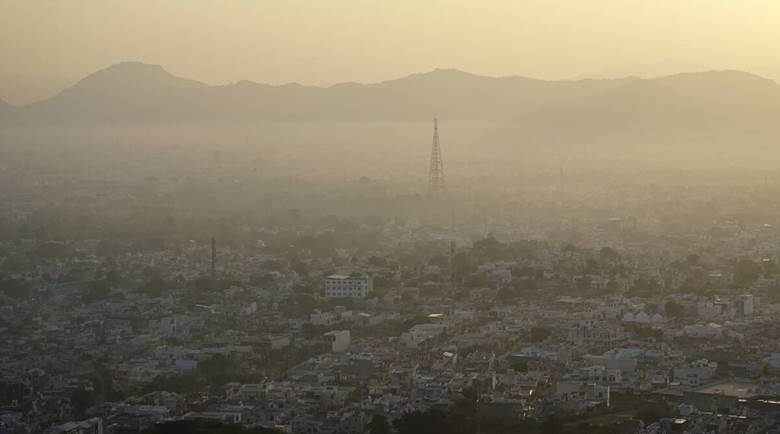Free Courses Sale ends Soon, Get It Now


Free Courses Sale ends Soon, Get It Now



Disclaimer: Copyright infringement not intended.
Context: The UNEP report released, titled ‘Emissions Gap Report 2022: The Closing Window — Climate Crisis Calls For Rapid Transformation of Societies’, has found that in India and six other top emitters, emissions have rebounded and increased after the pandemic.
Details:
United Nations Environment Programme (UNEP):
Emissions Gap Report: It assesses the gap between anticipated emissions in 2030 and levels consistent with the 1.5°C and 2°C targets of the Paris Agreement. Every year, the report features ways to bridge the gap.
© 2024 iasgyan. All right reserved